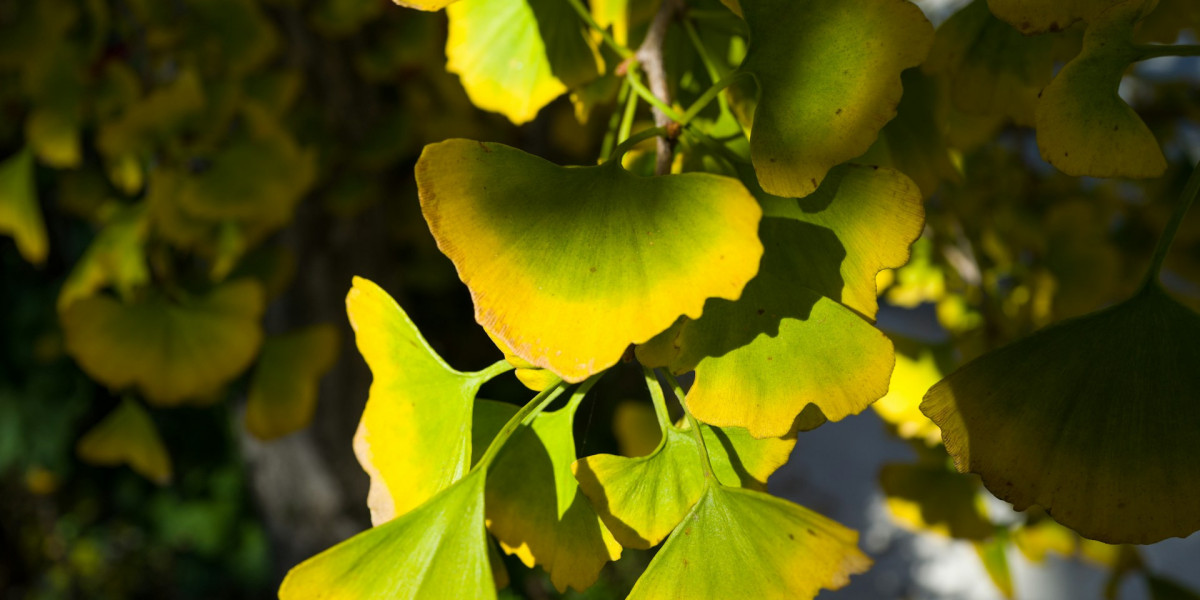Introduction: A Journey Beyond the Ordinary
The Maha Kumbh Mela is more than just a festival; it’s an experience that transcends time and space. In 2025, millions of devotees from all over the world will gather at the Kumbh Mela place to immerse themselves in this sacred pilgrimage. The Kumbh Mela is an awe-inspiring event that happens once every twelve years and is believed to cleanse the soul and purify the body. The upcoming Maha Kumbh Mela 2025 promises to be even more extraordinary, a grand spectacle of faith, devotion, and spiritual awakening.
For those unfamiliar, the Maha Kumbh Mela is a massive gathering that takes place at four key locations in India: Haridwar, Prayagraj, Ujjain, and Nashik. Every Kumbh Mela is a time for deep spiritual reflection, prayers, and rituals, and the Maha Kumbh Mela is the grandest of them all. Let’s dive into the unique elements that make this event a once-in-a-lifetime journey for those seeking spiritual solace.
The Roots of the Kumbh Mela: A Mythological Tale
To truly understand the significance of the Maha Kumbh Mela, it’s important to grasp the rich mythological roots it’s based on. According to ancient Hindu legends, the Kumbh Mela finds its origin in the story of the ‘Samudra Manthan’ or the Churning of the Ocean. This myth describes how the gods and demons worked together to churn the ocean in search of the nectar of immortality, known as ‘amrit.’
As they churned, a pot (kumbh) filled with amrit surfaced, and a fierce battle ensued over its possession. Four drops of the amrit fell at the four Kumbh Mela places, and these locations became the sacred sites for the pilgrimage. The first Kumbh Mela was organized to celebrate the divine nectar and to honor the gods. Ever since, the gathering has continued as a way for devotees to purify their souls.
The Shahi Snan: A Royal Bath of Spiritual Cleansing
One of the highlights of the Maha Kumbh Mela is the Shahi Snan, which translates to the "royal bath." This is the moment that draws the largest crowds—both spiritually and physically. On specific auspicious days during the festival, the faithful take a dip in the holy rivers of the Kumbh Mela place. For many, this bath signifies the washing away of sins, a rebirth, and a step towards salvation.
The Shahi Snan is not just an ordinary bath; it is the symbolic act of surrendering to the divine and immersing oneself in the blessings of the sacred waters. Kings, saints, and pilgrims alike gather at the riverbanks, chanting mantras and offering prayers. The atmosphere is electric with devotion, and the air is filled with a sense of spiritual connection to the divine. The significance of this ritual is immeasurable, as it’s believed to cleanse the soul and prepare it for the next life.
Maha Kumbh Mela 2025: The Grand Spectacle
As we approach the Maha Kumbh Mela 2025, the anticipation is palpable. People from every corner of the world begin their preparations to join the grand pilgrimage. The event will take place in Prayagraj, a city that has been at the center of many Kumbh Festivals. The Maha Kumbh Mela 2025 will be an even more special occasion, with new rituals, vibrant processions, and, of course, the Shahi Snan that will leave participants in awe.
What makes the Maha Kumbh Mela 2025 particularly unique is its massive scale. Expect millions of devotees, sadhus (holy men), spiritual leaders, and tourists to flood the banks of the river. The sheer magnitude of the gathering will create an atmosphere unlike any other. The streets will be lined with food stalls, sacred fires, and temples, while the sound of chanting mantras will fill the air. It's a visual feast for the senses and a reminder of the deep spiritual ties that unite humanity.
Pilgrims and Devotees: The Heart of the Kumbh Festival
While the grand rituals and events often grab the limelight, the true essence of the Kumbh Mela lies in the pilgrims and devotees who make the journey. From the simple man to the most revered spiritual leaders, everyone comes to the Kumbh Festival seeking purification, blessings, and spiritual awakening.
For many, the pilgrimage to the Kumbh Mela is a lifelong dream. It’s a personal journey, one that may span across years, as individuals prepare themselves spiritually and physically for the event. Whether it’s their first time or their tenth, the experience is transformative. The sense of community, the unity of purpose, and the shared devotion create a bond between all those present, making it a memorable journey for everyone involved.
The Role of Saints and Sadhus at the Maha Kumbh Mela
At the heart of the Maha Kumbh Mela are the saints and sadhus, who bring a sense of spiritual depth to the event. These ascetics, who renounce worldly pleasures in pursuit of divine knowledge, play a central role in the rituals. Their processions, known as the ‘Naga Sadhus,’ are particularly famous for their dramatic and captivating appearances. These holy men, often naked and covered in ash, embody the extreme dedication and devotion required to reach spiritual liberation.
The Naga Sadhus’ participation in the Shahi Snan is a sight to behold. Their procession, accompanied by chanting and drumbeats, is a powerful visual representation of the ascetic lifestyle. It serves as a reminder that the path to spiritual purity often requires great sacrifice. For many pilgrims, seeing these holy men perform their rituals strengthens their resolve and inspires them to deepen their own spiritual practices.
Devotional Practices: A Deep Dive into Rituals and Offerings
The rituals at the Maha Kumbh Mela are diverse and numerous, each designed to help the devotee connect with the divine in a personal way. While the Shahi Snan is the most prominent, other rituals such as meditation, prayer offerings, and reciting sacred texts are common.
Pilgrims often arrive with specific prayers or wishes, and they perform rituals with intense devotion to seek blessings. The spiritual practices at the Kumbh Mela are not limited to any one sect of Hinduism but include a wide variety of beliefs, from the Bhakti movement to the Tantric practices of certain sects. Regardless of the specific practices, the goal is the same: to seek divine grace, cleanse the soul, and gain inner peace.
The Vibrant Atmosphere: A Feast for the Senses
If you’re not moved by the spiritual significance, you’ll be amazed by the sheer vibrancy of the Maha Kumbh Mela. The streets are alive with colors, sounds, and scents. The aroma of incense, the sight of sacred fires, and the sounds of chanting create an immersive experience like no other.
During the Kumbh Festival, you’ll find yourself surrounded by art, music, and performances, from traditional dance to devotional singing. The festival atmosphere is truly unique—combining centuries-old rituals with modern-day celebrations. The lively processions, the meeting of different cultures, and the overall joyous spirit make the Kumbh Mela a must-see for anyone seeking to experience the true essence of India.
As the Maha Kumbh Mela 2025 draws closer, the excitement builds for what promises to be an unforgettable experience. Whether you’re planning to participate in the Shahi Snan, observe the spiritual practices, or simply witness the grand spectacle of the Kumbh Mela, this event offers something for everyone. It’s not just a religious gathering; it’s a celebration of life, faith, and devotion. The Maha Kumbh Mela is a reminder that, no matter where we come from, we’re all part of a larger spiritual journey.







